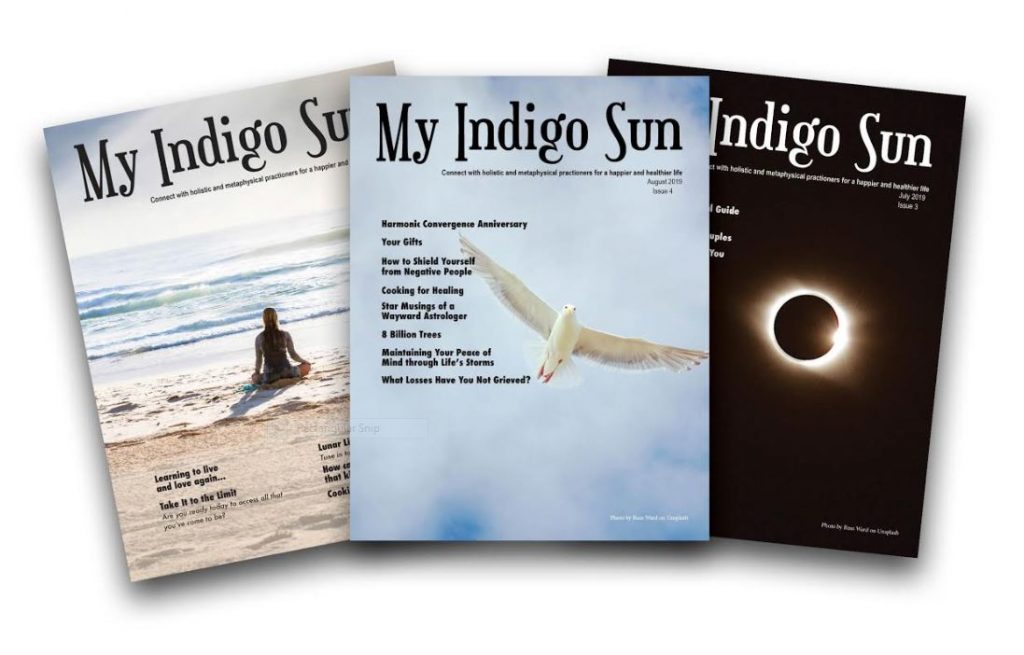Since the dawn of civilization, humans have sought to understand and organize time. Calendars—our timekeeping tools—have evolved dramatically across cultures and epochs, reflecting the ingenuity and diverse worldviews of humanity. From tracking the stars to honoring gods, the story of calendars is as varied as it is fascinating. Let’s explore the history of these chronological systems, uncovering some intriguing, lesser-known facts along the way.
The Ancient Roots of Timekeeping
The earliest calendars were lunar-based, as the moon’s phases provided a natural and observable cycle. The Sumerians, around 3100 BCE, are credited with developing one of the first calendars, dividing the year into 12 lunar months. However, their year was about 354 days long, requiring periodic adjustments to stay aligned with the solar year.
In ancient Egypt, the calendar took on a solar focus. Around 3000 BCE, Egyptians created a 365-day calendar based on the heliacal rising of Sirius, which heralded the flooding of the Nile. Unlike modern leap years, their system simply added five extra days at the end of the year, used for festivals honoring their gods.
The Julian and Gregorian Transformations
Julius Caesar revolutionized timekeeping in 45 BCE by introducing the Julian calendar, based on a solar year of 365.25 days. To correct drift caused by the lunar calendar, Caesar’s system added a leap day every four years. However, the Julian calendar’s slight overestimation of the solar year led to an accumulating error.
By the 16th century, the calendar was misaligned with the spring equinox by about 10 days. Pope Gregory XIII addressed this issue in 1582 with the Gregorian calendar, which refined leap year rules. It omitted leap years for years divisible by 100, unless divisible by 400. This system corrected the drift and remains the most widely used calendar today.
The Mayan Marvel
The Mayan civilization developed one of the most sophisticated calendrical systems in the ancient world. Their Long Count calendar, which tracked time in 394-year periods called baktuns, famously ended a cycle on December 21, 2012. Contrary to popular “end-of-the-world” myths, this date marked the beginning of a new cycle, akin to resetting a cosmic odometer.
Little-Known Facts About Calendars
- The Roman Calendar’s Erratic Start: Before the Julian reform, the Roman calendar was notoriously chaotic. Months varied in length, and years could be extended or shortened at political whim. In fact, the year 46 BCE, known as the “Year of Confusion,” lasted 445 days to realign the calendar.
- The Missing Days of 1752: When Britain adopted the Gregorian calendar in 1752, they had to adjust by skipping 11 days. People went to bed on September 2 and woke up on September 14, leading to public outcry and myths of riots demanding the return of “lost” days.
- The French Revolutionary Calendar: In 1793, France adopted a decimal-based calendar to reflect Enlightenment ideals. It divided the year into 12 months of 30 days, with 10-day weeks. The system was abandoned in 1805 due to its impracticality.
- Ethiopian Timekeeping: Ethiopia uses a calendar based on the Coptic system, which has 13 months: 12 of 30 days and a 13th month of 5 or 6 days. Interestingly, their calendar is about seven years behind the Gregorian calendar.
Calendars of Faith and Culture
Religious and cultural calendars often differ significantly from the Gregorian system. The Islamic calendar, for example, is a lunar calendar with 12 months of 29 or 30 days, resulting in a year about 11 days shorter than the solar year. Meanwhile, the Jewish calendar is lunisolar, balancing lunar months with periodic leap months to stay aligned with the seasons.
India’s diverse traditions have spawned multiple calendrical systems. The Hindu calendar, for instance, combines lunar months and solar years, with regional variations influencing its structure.
Chinese New Year, also known as the Spring Festival, begins on the first day of the Chinese lunar calendar, typically falling between January 21 and February 20. The exact date is determined by the second new moon after the winter solstice. Traditionally, it marks the transition from winter to spring and is steeped in ancient customs. The festival is heralded by cleaning and decorating homes to drive away bad luck, family reunions, and symbolic foods. Each year is associated with one of the 12 animals in the Chinese zodiac, creating a cycle that spans 12 years. The celebrations culminate with the Lantern Festival on the 15th day, featuring parades, lantern displays, and dragon dances to usher in prosperity and happiness.
As we see, calendars are more than tools for tracking time; they embody humanity’s quest to understand the cosmos and our place within it. From the Sumerians’ lunar cycles to Gregorian precision and beyond, the evolution of calendars showcases our ingenuity, cultural diversity, and cosmic curiosity. Next time we glance at a calendar, let’s acknowledge the millennia of innovation that made it possible.
Katerina Belik




